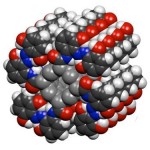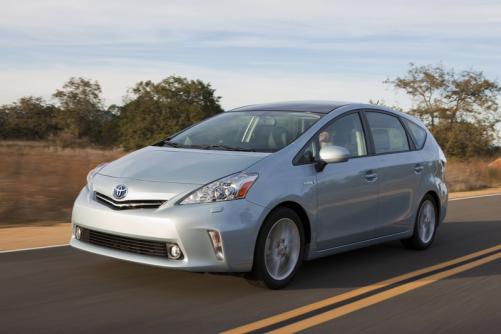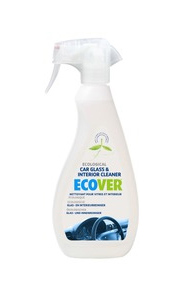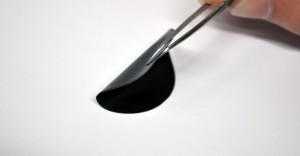Published by Sign On San Diego on 1st July 2011 – an interview with Jaimi Julian Thompson, a nationally known “green” interior designer, conducted by Lily Leung
How do you know if an eco-friendly product or service is truly “green”?
Are there ways to verify companies’ promises to save you money with their solar panels, bamboo flooring and cabinets?
In an email interview, Thompson gave the Union-Tribune some tips on how to fact-check green products and which have won her approval.
Question: With so much hype in the marketplace, how do you decide if a product is really “green”?
Answer: Many products portrayed as green, fall short when you look at the entire life cycle of the product. I help clients “decode the hype on green,” by looking at five aspects:
- How does the product’s manufacturing process affect air quality and the environment?
- Is there any recycled content in the product itself?
- How much energy does the product use?
- What is the lifespan of the product before it needs to be replaced?
- Can the product be recycled after its use, and if so, how?
By looking at every aspect, consumers can create green homes that use less energy, water and natural resources, create less waste, and are more durable and comfortable.
Question: Where can consumers get independent assessments on a product’s “green-ness”?
Answer: Look for independent, third-party verification. LEED (Leadership in Energy and Environmental Design) is an internationally recognized green building certification system instituted by the U.S. Green Building Council (usgbc.org/LEED).
Many industry associations …





 Researchers at the Massachusetts Institute of technology have come up with yet another revolutionary discovery. The team of MIT scientists claims that it has devised a new type of solar thermal fuel. The thing that makes this fuel different and better is that it can store 10,000 times more energy than any other existing fuel or system. Once again, nanotechnology has found its application in this fuel in the form of carbon nanotubes (CNTs) that have been altered a little by azobenzene. This new material can be used as a substitute for the lithium ion batteries since it possesses the same energy per unit volume. It can be charged by exposing it to the sun and can be used for a long period.
Researchers at the Massachusetts Institute of technology have come up with yet another revolutionary discovery. The team of MIT scientists claims that it has devised a new type of solar thermal fuel. The thing that makes this fuel different and better is that it can store 10,000 times more energy than any other existing fuel or system. Once again, nanotechnology has found its application in this fuel in the form of carbon nanotubes (CNTs) that have been altered a little by azobenzene. This new material can be used as a substitute for the lithium ion batteries since it possesses the same energy per unit volume. It can be charged by exposing it to the sun and can be used for a long period.
 There’s a plethora of eco products on the market that promise to slash your power, heating or water bills, but our tests reveal that not all of them deliver on those claims. We sent a range of eco products to our lab for testing, while others went to a user panel for assessment.
There’s a plethora of eco products on the market that promise to slash your power, heating or water bills, but our tests reveal that not all of them deliver on those claims. We sent a range of eco products to our lab for testing, while others went to a user panel for assessment. Image by:
Image by:  Sometimes you have to put on waders and trek through a swamp to get a good answer in life. Other times the answer is quick ’n’ dirty, as it is today.
Sometimes you have to put on waders and trek through a swamp to get a good answer in life. Other times the answer is quick ’n’ dirty, as it is today.





Without a doubt, solar energy is the way of the future. Solar energy production is an extremely simple process to…